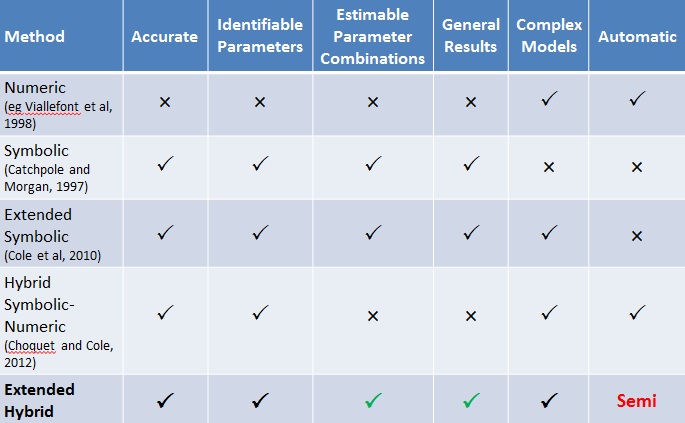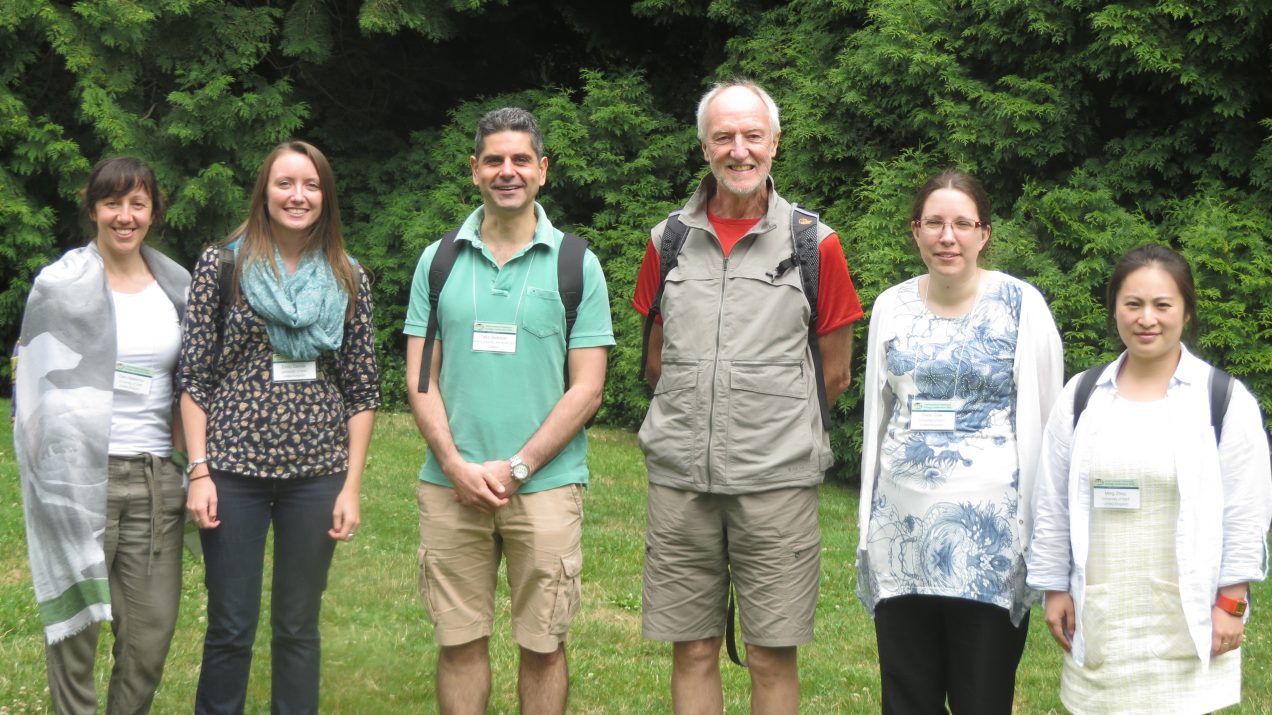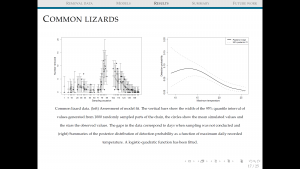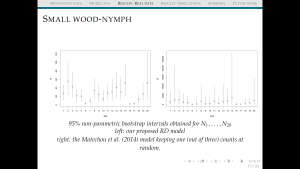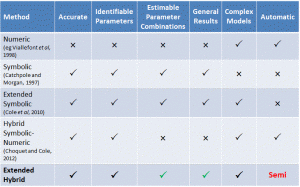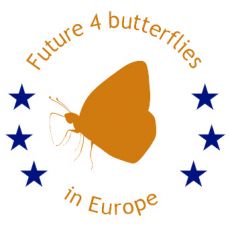The following paper has been recently published in PLOS ONE and is available online at: http://journals.plos.org/plosone/article?id=10.1371/journal.pone.0174433
Efficient occupancy model-fitting for extensive citizen-science data
Emily B. Dennis, Byron J.T. Morgan, Stephen N. Freeman, Martin S. Ridout, Tom M. Brereton, Richard Fox, Gary D. Powney & David B. Roy
Abstract:
Appropriate large-scale citizen-science data present important new opportunities for biodiversity modelling, due in part to the wide spatial coverage of information. Recently proposed occupancy modelling approaches naturally incorporate random effects in order to account for annual variation in the composition of sites surveyed. In turn this leads to Bayesian analysis and model fitting, which are typically extremely time consuming. Motivated by presence-only records of occurrence from the UK Butterflies for the New Millennium data base, we present an alternative approach, in which site variation is described in a standard way through logistic regression on relevant environmental covariates. This allows efficient occupancy model-fitting using classical inference, which is easily achieved using standard computers. This is especially important when models need to be fitted each year, typically for many different species, as with British butterflies for example. Using both real and simulated data we demonstrate that the two approaches, with and without random effects, can result in similar conclusions regarding trends. There are many advantages to classical model-fitting, including the ability to compare a range of alternative models, identify appropriate covariates and assess model fit, using standard tools of maximum likelihood. In addition, modelling in terms of covariates provides opportunities for understanding the ecological processes that are in operation. We show that there is even greater potential; the classical approach allows us to construct regional indices simply, which indicate how changes in occupancy typically vary over a species’ range. In addition we are also able to construct dynamic occupancy maps, which provide a novel, modern tool for examining temporal changes in species distribution. These new developments may be applied to a wide range of taxa, and are valuable at a time of climate change. They also have the potential to motivate citizen scientists.

